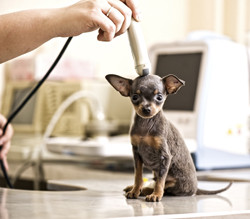Tools to control animal diseases
Outbreaks of infectious diseases highlight the necessity of producing new vaccines and developing novel diagnostic tools. In turn, this requires a coordinated research and development effort to transfer the appropriate technology from the bench all the way to market. The key objective of the EU-funded 'Development of the most effective tools to control infectious diseases in animals' (DISCONTOOLS) project was to prioritise research and funding for the control of animal diseases. Scientists focused on developing and improving tools such as diagnostics, vaccines and pharmaceuticals. The general idea was to identify research gaps and advise on the most effective allocation of resources. To this end, the consortium established expert groups which put together separate disease analysis documents for a total of 52 different animal diseases. These analyses included comprehensive description of the disease, its zoonotic potential, available tools as well as the economic impact. The information was subsequently used in gap analysis models as the basis for scoring and prioritising the different diseases. The scoring system entailed point collection in five sections, namely disease knowledge, impact on wider society, impact on public health, impact on trade and animal welfare. The existence of control tools or effective vaccines earned negative points and thus low priority for a given disease. A key activity of the project was to identify technological tools that could be exploited to improve the ability to control infectious animal diseases. The overall work was disseminated through publications, reports and seminars as well as two international conferences. The DISCONTOOLS study produced an online database where research funders and policy makers could find essential information regarding a particular disease. This will enable optimal allocation of resources and research capacity to ensure successful outcomes in defined priority areas.
Keywords
Tools, database, veterinary medicine, animal disease, zoonotic, models







